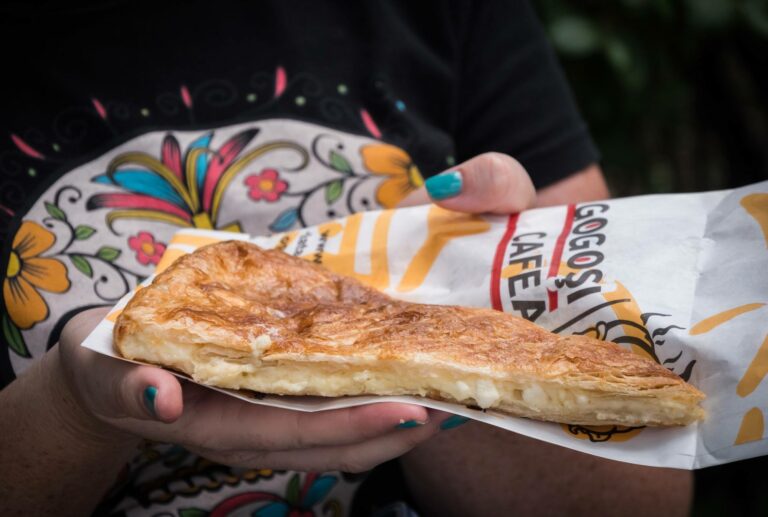Romanian Cultural Traditions and the Cuisine
Romania is a country located in Southeast Europe, with a rich and diverse cultural heritage that has influenced its cuisine. Romanian cuisine is a reflection of the country’s history, geography, and cultural traditions. Romanian dishes are known for their hearty, meat-based recipes, which are often accompanied by vegetables, cheese, and sour cream. Romania’s cuisine has also been influenced by other cultures, such as Turkish, Hungarian, and Greek.
The Influence of Romania’s Geography on Food
Romania’s geography has played a significant role in shaping its cuisine. The country’s mountainous regions have traditionally relied on dairy products and meat, such as sheep, goat, and pork. The fertile plains of the Danube River have provided an abundance of vegetables, fruits, and grains. Romania’s proximity to the Black Sea has led to the inclusion of seafood in its cuisine. Additionally, Romania’s climate has allowed for the cultivation of a variety of fruits, such as plums, apples, and grapes, which are used in many Romanian dishes.
The Role of Influential Romanian Dishes
Several Romanian dishes have played a significant role in shaping the country’s cuisine. One of the most popular dishes is sarmale, which consists of minced pork, rice, and spices wrapped in pickled cabbage leaves and baked in the oven. Another traditional dish is mici, which are small grilled sausages made from a mixture of beef, pork, and lamb. Another popular dish is ciorbă, a sour soup made with vegetables, meat, and sour cream.
Romanian Festivals and Traditional Food
Romanian festivals are an important part of the country’s culture and often involve traditional foods. For example, during Easter, Romanians traditionally prepare lamb and pasca, a sweet bread filled with cheese, raisins, and vanilla. During Christmas, Romanians prepare sarmale and cozonac, a sweet bread filled with nuts and cocoa. The country also celebrates the Festival of Dracula, which features traditional dishes such as chicken paprikash, goulash, and chimney cake.
The Significance of Local Ingredients
Romanian cuisine places a strong emphasis on local ingredients. Many dishes are made using ingredients that are locally grown or produced. For example, telemea, a type of cheese, is made from sheep’s milk and is a staple in many Romanian dishes. Romania is also known for its high-quality honey, which is used in many desserts. Additionally, Romania has a long tradition of wine-making, and the country’s vineyards produce a variety of wines, including Fetească Neagră, Sauvignon Blanc, and Pinot Noir.
Modern Romanian Cuisine and Global Influences
In recent years, Romanian cuisine has undergone a transformation, as chefs have incorporated global influences into traditional dishes. Many restaurants now offer fusion cuisine, which combines Romanian flavors with international ingredients and techniques. Additionally, there is a growing interest in organic and locally sourced ingredients, reflecting a global trend towards sustainable and healthy eating. Despite these changes, traditional Romanian dishes remain popular and continue to play an important role in the country’s culinary identity.

